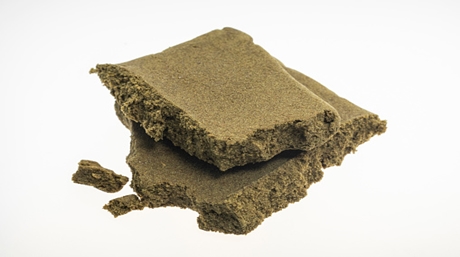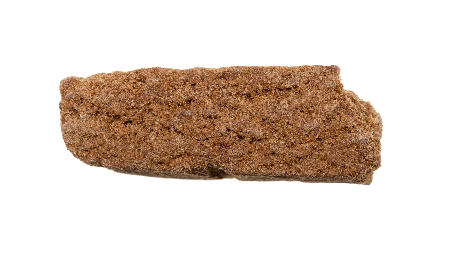In the world of cannabis, the choice between hash and weed has been a constant subject of debate among consumers, experts, and legislators. Both forms of cannabis have their own, distinctive characteristics, effects, and methods of consumption, leading to the question: which is better?
Origins and Production Processes of Hashish:
Hash, also known as hashish, is produced by separating and collecting trichomes, the resin glands of the cannabis plant. These trichomes are pressed to form blocks or converted into powder, resulting in a highly concentrated product. On the other hand, weed, also called marijuana, consists of the dried and cured flowers of the cannabis plant.
Potency and Concentration:
One of the highlights of hashish is its higher concentration of cannabinoids compared to weed. The production process of hashish allows for a more efficient extraction of the active compounds, with a THC content of around 40%, resulting in a more potent experience for the user. However, this higher potency also carries the risk of excessive consumption, which can lead to unwanted effects.
Cannabis, on the other hand, generally contains lower levels of cannabinoids than hashish, with a bud containing between 10% and 20% THC. This can provide a softer, more controlled experience for those who wish to avoid the intense effects associated with hashish.
Variety of Flavors and Aromas:
Weed is characterised, by its wide variety of strains, each with a unique flavour and aroma profile. Consumers of weed can enjoy a wide range of sensory experiences, from citrus and earthy notes to sweeter or spicier flavours. Hash, on the other hand, tends to have a more robust and earthy flavour, as it is composed primarily of trichomes, which contain the plant’s aromatic compounds.
Methods of Consumption:
Both forms of cannabis offer various options for consumption. Weed can be smoked in joints, pipes, vaporizers, or even consumed in edibles. Hash, although often smoked, can also be inhaled using specialized vaporizers or mixed with tobacco.
Edibles for a Delicious High
Hashish, similar to marijuana, can also be used for medical purposes to alleviate ailments such as nausea, lack of appetite, stress, and fatigue. Hash oil can also be used for patients, that have problems with their breathing and don’t want to smoke it. Just like marijuana, hash can also be turned into edibles for a delicious high.
Since one is used to create the other, it only makes sense that marijuana and hash are going to share a lot of similarities. But once the production process has begun and marijuana has started being turned into hashish, there are more differences than similarities between the two. And the one that users will find most noticeable is that hash is much more potent and therefore, results in a much more intense high.
Legal and Social Considerations:
Laws and social perceptions regarding cannabis consumption vary significantly worldwide. While some places have legalized or decriminalized the recreational or medicinal use of weed, hash often faces greater stigmatization and legal restrictions.
The choice between hashish and weed largely depends on individual preferences, tolerance, and consumer goals. Weed offers a variety of flavors and a less intense experience, while hash provides a concentrated potency appreciated by those seeking a stronger effect. Ultimately, the best choice is subjective and should take into account personal, legal, and social factors.















